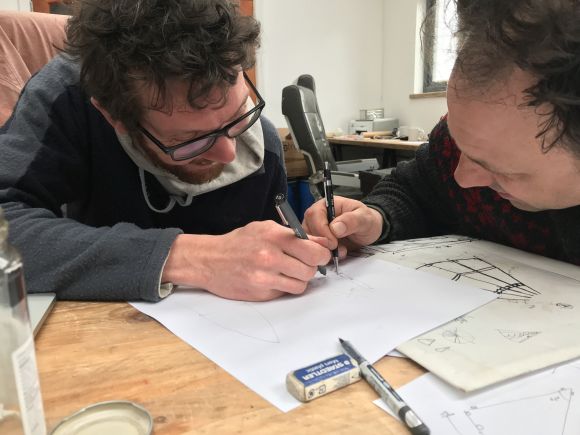The Root Dome is a permanent outdoor walk-through installation at The Eden Project. It was commissioned as part of the Wellcome Trust’s Invisible Worlds and focuses on soil and everything that happens under our feet. The structure represents the mycelium ‘roots’ of mycorrhizal fungi that live in symbiosis with plant and tree roots.
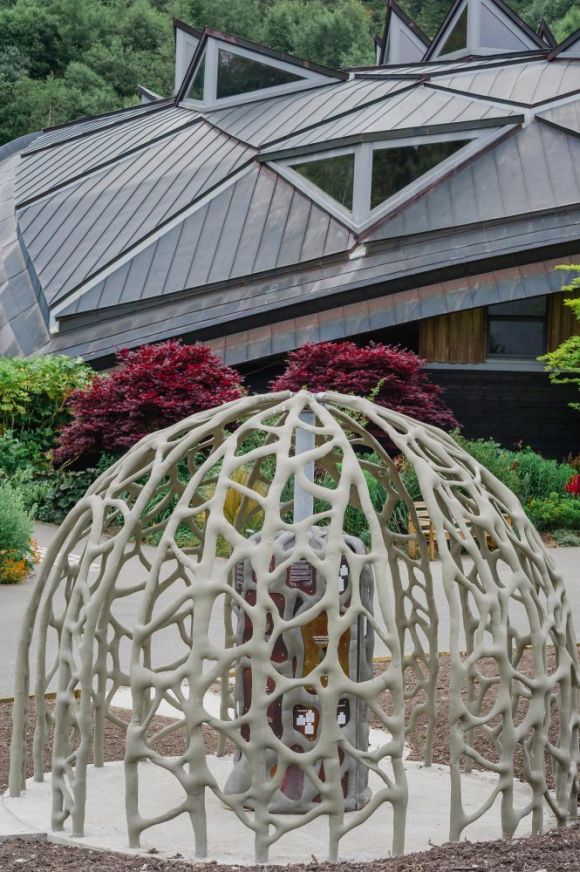
The Root Dome plays with scale since fungi, while usually almost invisible to us, except as mushrooms, are actually the largest organisms on the plant and are more closely related to insects than plants. The mycorrhizal symbiosis takes the form of trees providing sugar and the fungi providing nutrients and a ‘wood wide web’ communication system allowing trees to send chemical messaging and food (sugars) to other connected trees.
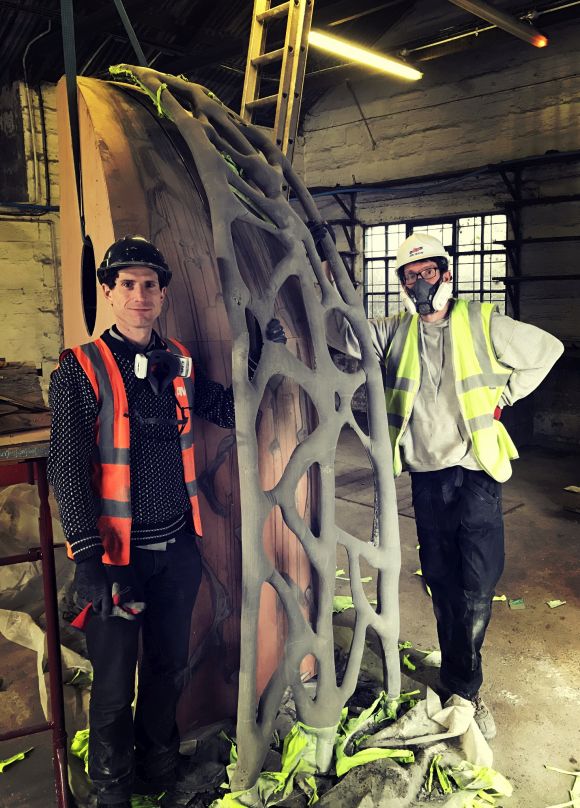
We were daunted at the prospect of making a dome out of fake roots in one of Britain’s most famous gardens that also contain the most famous biomes in the world, so the process had to be right. Then we discovered fabric formed concrete – it uses a fluid filled membrane under pressure – just like the cells of every living organism and hence produces striking organic forms. So, for our first ever concrete project, we bought the one book on the subject and a cement mixer and set to work casting a 3.6m pavilion for a million people a year to walk through.
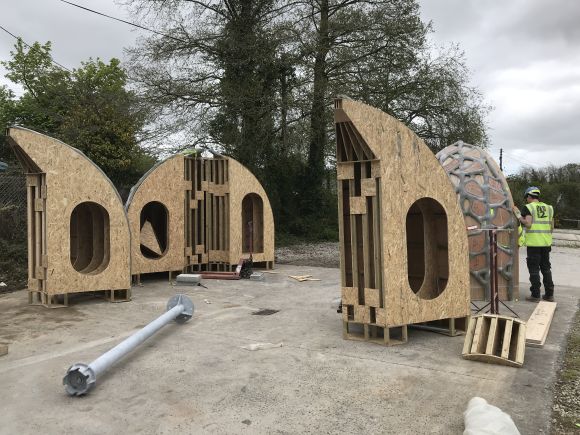
Once we had made the dome segments, we started on the central plinth – an organic cylindrical fabric formed concrete display cabinet housing a series of illuminated automata by Keith Newstead to give visitors a glimpse into the world of soil microbes, tardigrades and more. We made the automata panels from copper sheet left over from the roof of Eden’s Core building to keep a simple pallet of concrete and copper.
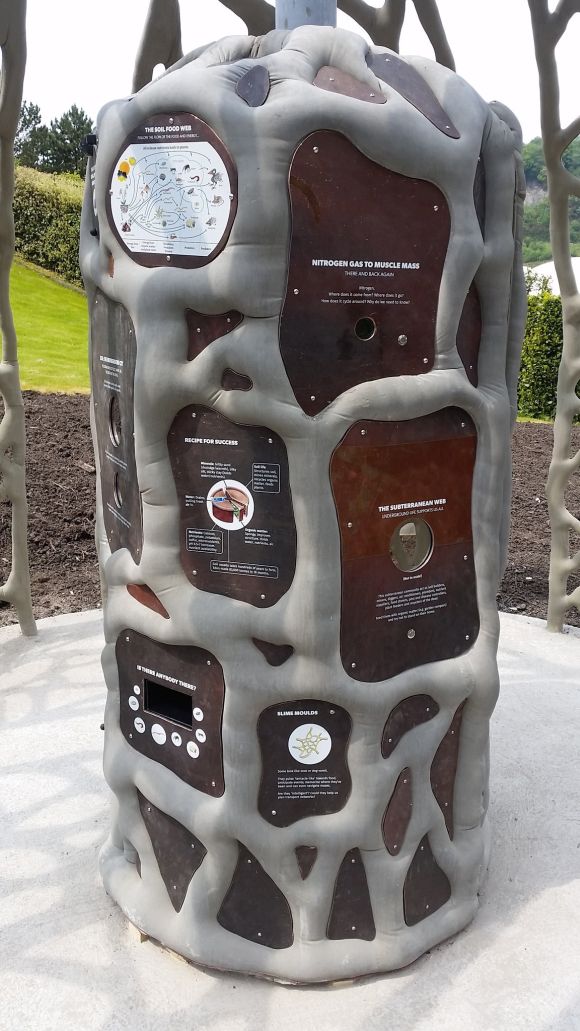
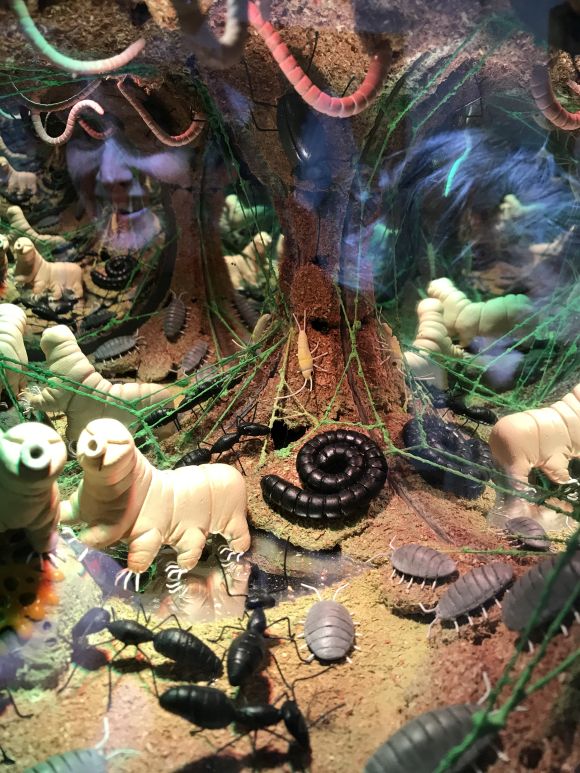
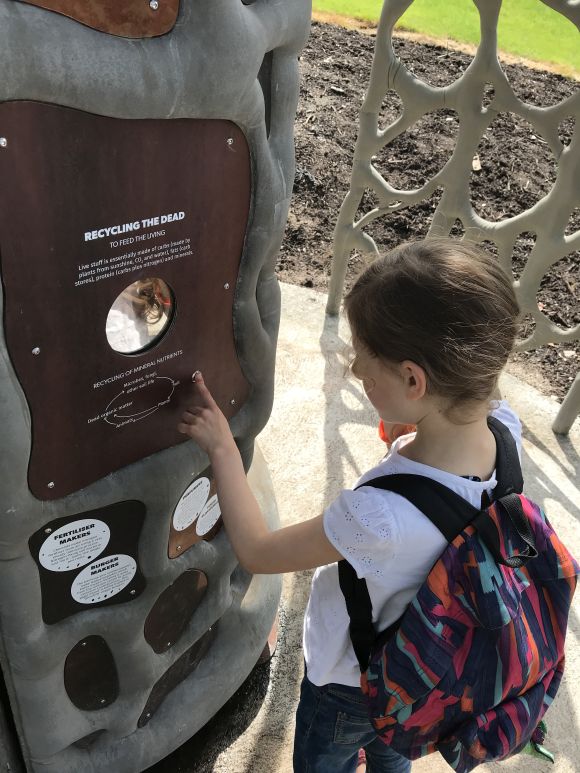
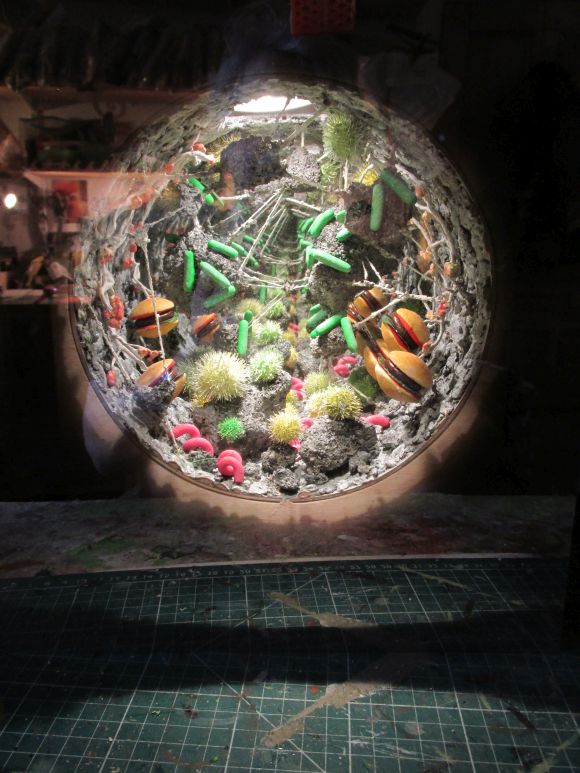
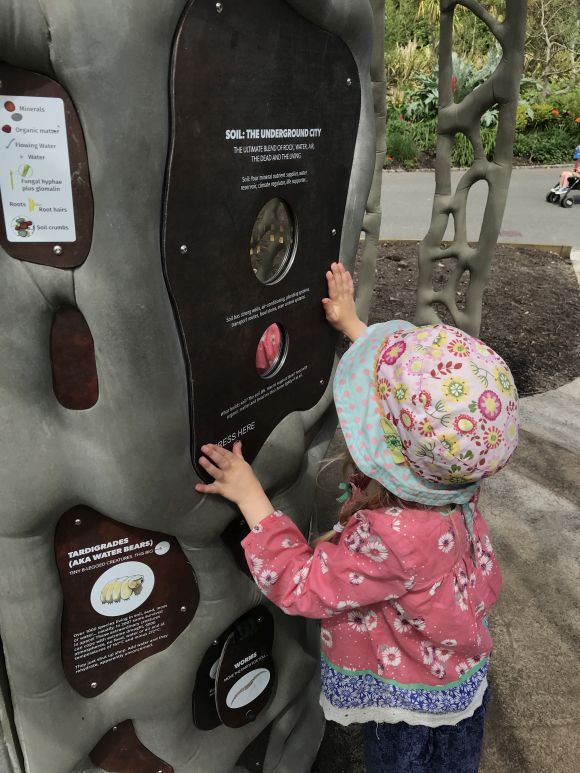
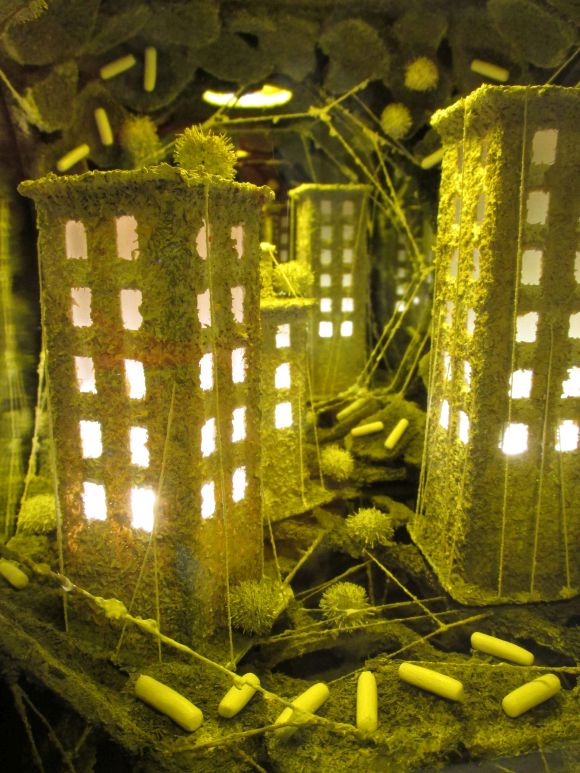
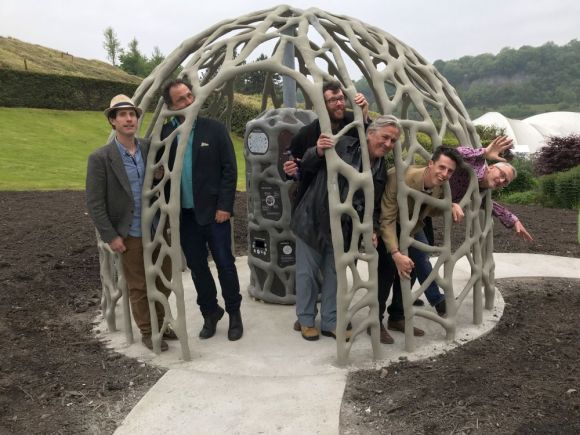
The Root Dome was designed and built by Sam Lanyon, Pete Dangerfield, Keith Newstead, Alfie Gidley, Hal Silvester, Pete Hill and Tracey Dockree.
